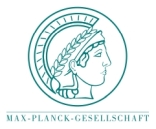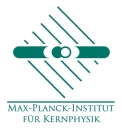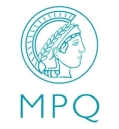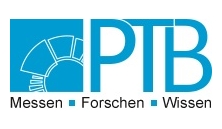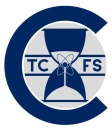Max Planck-RIKEN-PTB Center for
Time, Constants and Fundamental SymmetriesOptical and XUV clocks based on highly charged ions
Involved senior scientists and institutions in alphabetical order:
K. Blaum,
J. R. Crespo ![]() ,
H. Katori,
T. Mehlstäubler,
T. Pfeifer,
P. Schmidt,
T. Udem,
S. Ulmer –
MPIK,
MPQ,
PTB,
RIKEN
,
H. Katori,
T. Mehlstäubler,
T. Pfeifer,
P. Schmidt,
T. Udem,
S. Ulmer –
MPIK,
MPQ,
PTB,
RIKEN
The accuracy of current optical clocks is significantly limited by the interaction of the clock atoms with their environment. Ideal clock species have therefore a small sensitivity to external fields. Highly charged ions (HCI) exhibit favorable properties in this regard, since the small size of their electron orbitals greatly reduces all electric field-induced shifts. At the same time, magnetic field shifts can be very linear and thus are amenable to efficient cancellation schemes. These properties, paired with the large number of possible HCI candidates and the availability of narrow transitions with frequencies ranging from the infra-red all the way to the extreme ultra-violet (XUV) regime, renders HCI ideal candidates for future optical and XUV clocks. Furthermore, optical transitions in HCI have the largest known sensitivity to a possible change in the fine-structure constant α of all atomic systems, and HCIs are sensitive probes for the validity of quantum electrodynamics theory (QED) in strong fields. We will investigate direct laser cooling and detection schemes where possible, as well as develop quantum-logic spectroscopy techniques for probing HCIs. This will enable us to realize the first optical clocks based on HCI with possibly superior performance and high sensitivity to physics beyond the Standard Model. We will also explore the possibility to perform high-resolution spectroscopy of HCI in the XUV range by employing direct frequency-comb spectroscopy of a high-harmonic nonlinearly up-converted optical frequency comb. For few-electron systems for which high accuracy theoretical calculations are possible, a comparison with accurate measurements will establish a new generation of QED tests with orders of magnitude improved accuracies.
